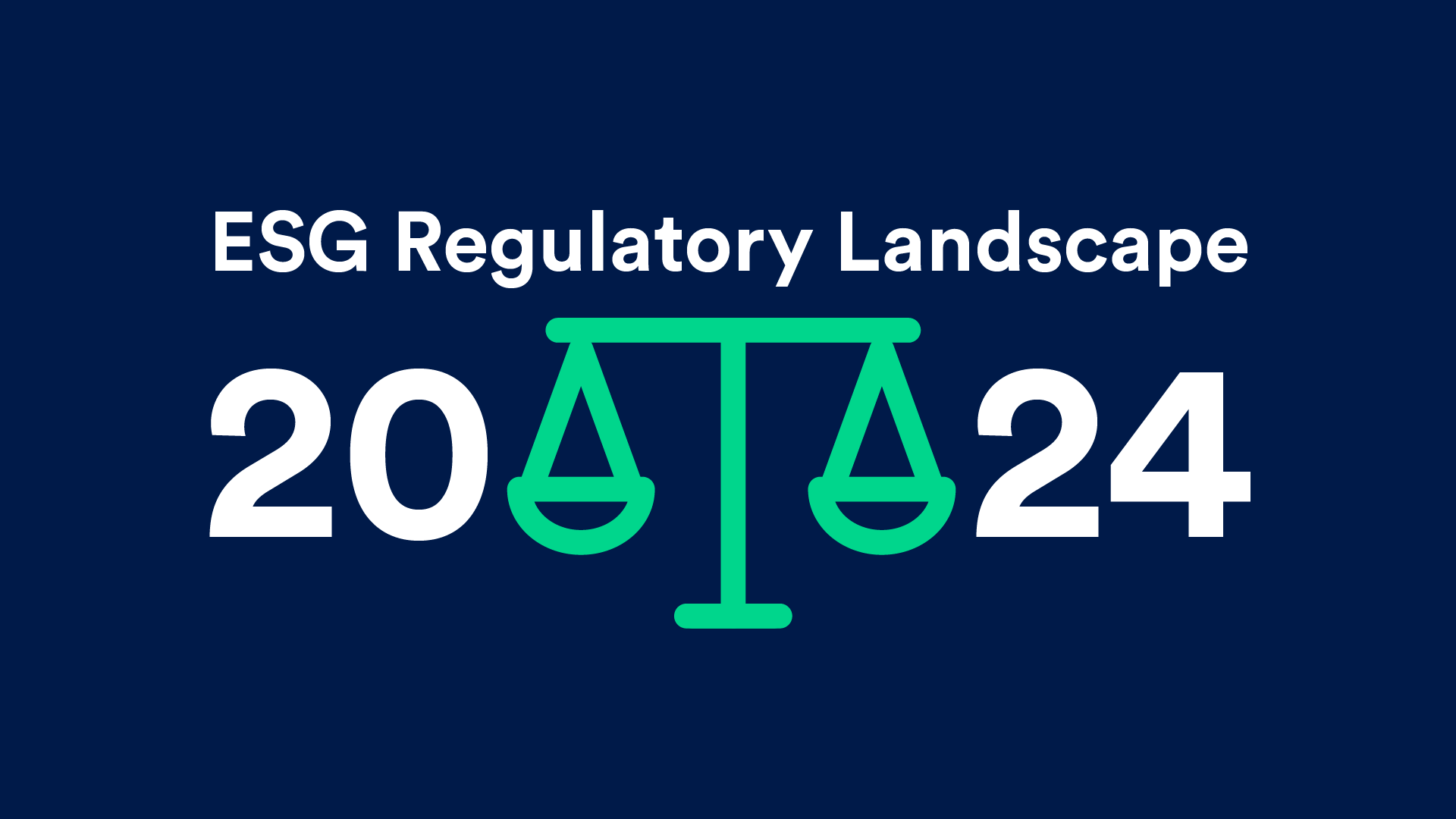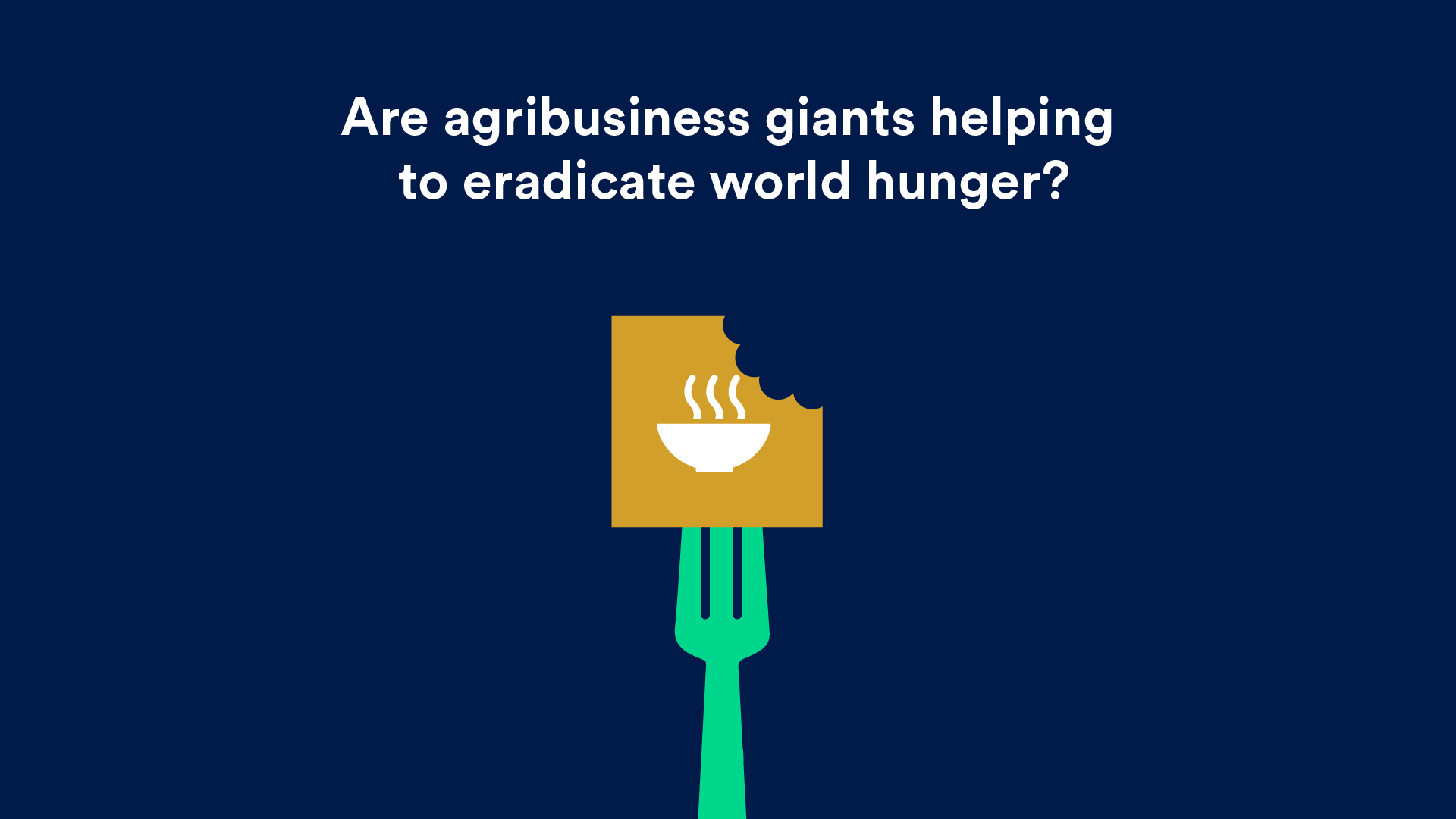Prevent yourself from committing these 5 most common examples of greenwashing
Prevent yourself from committing these 5 most common examples of greenwashing
After a dismal reclassification of Article 9 funds into Article 8, the sector must restore consumer confidence in so-called “sustainable” investments.
Because the language of SFDR does not yet define the term “sustainable investing“, certain fund managers have exposed themselves and continue to expose themselves to the risk of greenwashing. To avoid this, a rigorous and transparent measurement methodology must be used.
But first, let’s define “greenwashing”
The European Commission defines greenwashing as “Companies giving a false impression of their environmental impact or benefits. Greenwashing misleads market actors and does not give due advantage to those companies that are making the effort to green their products and activities. It ultimately leads to a less green economy.”
5 most common examples of greenwashing as unveiled by our impact analysis.
Use of unclear words or a lack of information or arguments
Using terms that do not have clear definitions (“environmentally responsible”, “sustainable”, “more natural”, “responsible”, “green”). The environmental benefit or approach is not explained or insufficiently explained to really understand what these terms mean and what the qualitative or quantitative benefit is for the environment or society.
Claiming to be “best in class”
Claiming to be better than others when the others are not great.
The use of suggestive imagery
The use of green, landscapes and natural scenery can induce an injustified sense of ecology. The visual accompanying the message has a link with the environment or sustainable development (windmills, renewable energy, etc.), but no link with the product or the approach. This induces confusion in the mind of the consumer.
Creating labels or “greenlabeling”
Creating and using “homemade” labels that make people believe are real labels, when they have been created from scratch without any creation methodology or verification from an independent organization.
This is the most common greenwashing practice
Abusive Marketing Claims
Putting forward a minor environmental aspect when the whole product or activity is not. The product or service has an environmental objective, but that does not make it harmless or beneficial to the environment. However, the message omits this detail and suggests that the product or service has a greater environmental benefit than it actually has, or even that it has no negative impact on the environment at all.
The list goes on and on, but it is through our rigorous analysis that we can provide the data necessary to help investors make the right decisions with respect to SFDR, and thus minimize reputational risk.
Our SFDR+i solution integrates this impact data to help you better align your investments with your sustainable objectives.
Sources: impak 2022 training and ADEME’s Anti-Greenwashing Guide.
You may also like

2024 ESG Regulatory Landscape
By impak Analytics
Are companies prepared for CSRD?
By impak Analytics